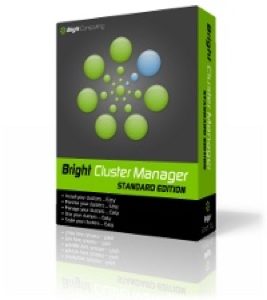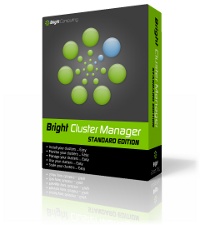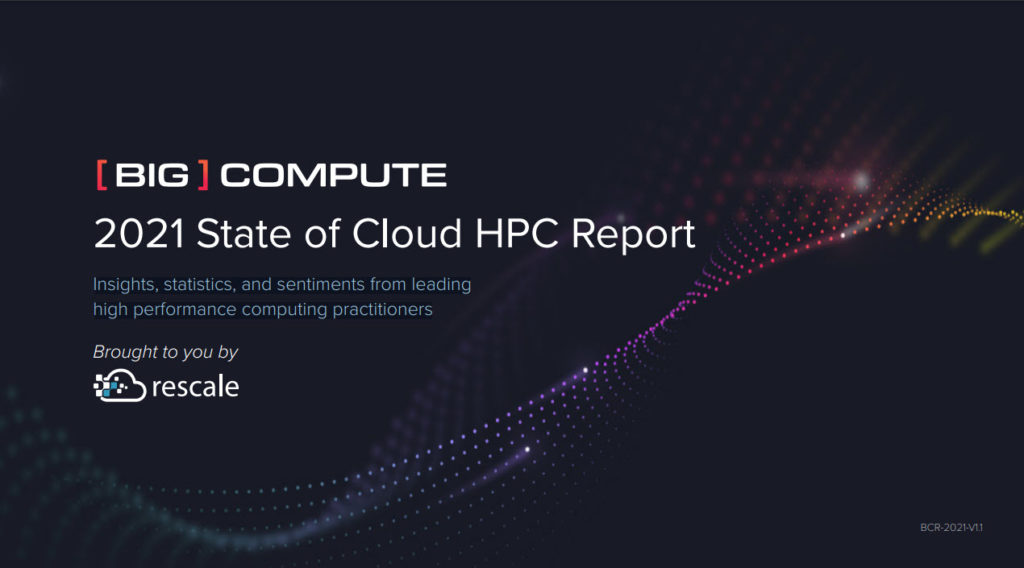 The University of North Dakota (UND) is using Bright Computing software to unify its newly designed clustered infrastructure, giving them more versatility, access to the cloud and to deep learning resources. Using Bright Cluster Manager for HPC, Bright Cluster Manager for Data Science, and Bright OpenStack, the supercomputer at UND runs on the HPE Apollo 6500 Gen10 system, purpose-built for HPC and a leading platform for deep learning.
The University of North Dakota (UND) is using Bright Computing software to unify its newly designed clustered infrastructure, giving them more versatility, access to the cloud and to deep learning resources. Using Bright Cluster Manager for HPC, Bright Cluster Manager for Data Science, and Bright OpenStack, the supercomputer at UND runs on the HPE Apollo 6500 Gen10 system, purpose-built for HPC and a leading platform for deep learning.
Bright gives UND the tools we need to effectively manage our supercomputing environment, and I feel confident that we can meet any new requirements that arise in the coming years,” said Aaron Bergstrom, Advanced Cyberinfrastructure Manager at UND. “Bright software makes it easy for us train new staff to deploy, provision, and manage our clustered infrastructure for HPC, Data Science, and Cloud; all integrated, and all from a single point of control. We can deploy Ceph nodes, install standard HPC products, roll out cloud features, introduce data science packages, all from a single interface with robust enterprise-grade support. Moreover, if we ever exceed resources, Bright allows us to burst our workload to commercial cloud services.”
UND is a public research university in Grand Forks, North Dakota. The Computational Research Center (CRC) provides project support as well as user training, education, and onboarding services for Talon, the University’s Bright-based private research computing cloud. Systems administration, network services, and storage support are contracted out to the North Dakota University System Core Technology Services (NDUS CTS) team.
UND CRC was already a user of Bright software when it decided to combine its existing HPC cluster with a more powerful supercomputing infrastructure. There were a number of drivers behind this decision:
More versatility and access to the cloud
UND wanted a faster and more modern supercomputing environment that met the growing demands of faculty researchers and students. With a desire to provide services beyond a traditional Linux HPC environment, Talon will offer a variety of operating systems to CRC users through the Bright OpenStack platform. The University wanted to offer clusters-as-a-service, allowing students to carve off clusters for specific research projects, and enabling customized virtual machines for use in classroom-based STEM research training.
Unlocking deep learning
The University sought to add data science resources to its supercomputer, to integrate big data into its research agenda, creating one giant system that was underpinned with enterprise-grade support.
After an evaluation process, UND chose to build its supercomputer with the HPE DL360 and Apollo 6500 Gen10 systems, an ideal end-to-end platform to support deep learning while delivering high-performance, versatility and security for workload management. Combined HPE technologies offer unprecedented performance with industry-leading GPUs, fast GPU interconnect, high bandwidth fabric, and a configurable GPU topology to match UND’s workloads. UND’s new system comprises 34 nodes; 27 compute, 2 management, 3 Ceph, and 1 NAS, allowing for 2 petaflops of power using GPU algorithms, and with CPU performance in the region of 60 teraflops.
At the heart of the supercomputing environment, UND chose to expand its Bright software footprint in three core areas:
- Bright Cluster Manager for HPC – UND uses Bright Cluster Manager for HPC to deploy its complete clustered infrastructure and manage it effectively. Bright’s single-pane-of-glass management for the hardware, the operating system, HPC software, and users, allows UND to easily manage its entire HPC estate.
- Bright Cluster Manager for Data Science – This provides the University with everything it needs to accelerate data science projects, supporting UND’s mission to add big data and data science to its research agenda.
- Bright OpenStack – Rather than investing time in creating their OpenStack environment, UND chose to deploy Bright OpenStack, which has given them immediate access to a robust framework for building private clouds, clusters on demand, and clusters-as-a-service. Bright OpenStack also allows UND to give Windows its execution platform which sits within the Linux-based infrastructure.
It’s great to see UND benefit from the full array of Bright products,” said Dan Kuczkowski, SVP Worldwide Sales at Bright Computing. “By combining Bright Cluster Manager for HPC and Data Science with Bright OpenStack, UND can extract maximum value from its supercomputing environment and meet the high demands of its faculty staff, researchers, and students.”




